Trilobites and Their Incredible Eyes
05.09.2023 12:49
3110 views
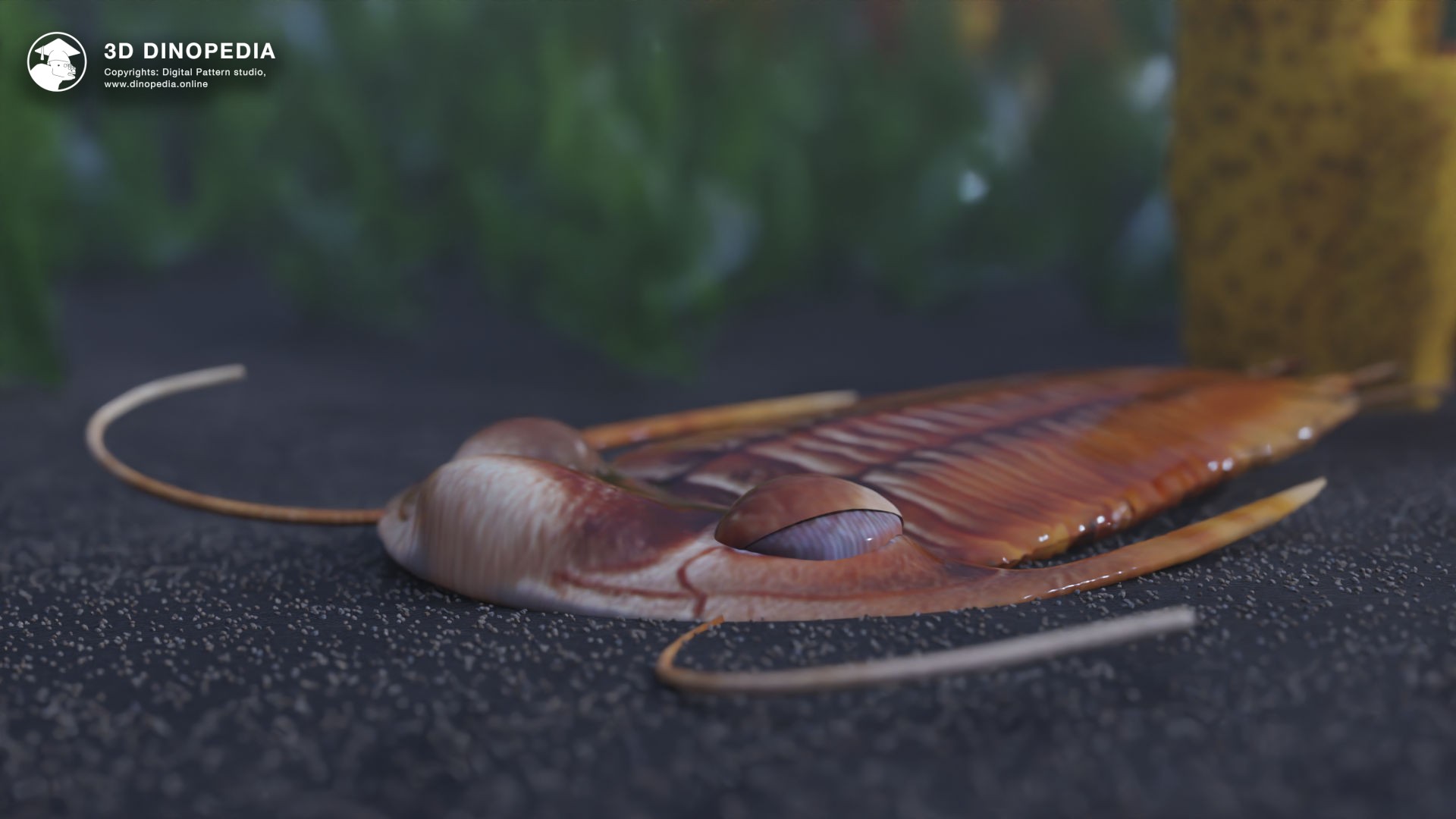
"I see you," almost every trilobite could say. Trilobites are ancient arthropods that lived in the Paleozoic era (539-252 million years ago). At first glance, this seems unremarkable since vision appears to be an integral part of almost all living organisms. However, this is not entirely the case. In fact, there was a time when no living creatures had the ability to see. Trilobites were among the first inhabitants of our planet to develop complex vision. Let's delve into the origins and evolution of these visual organs.
As far as fossil remains can tell us, vision appeared about 530 million years ago during the Cambrian period. At least, that is where we find various organisms with the most primitive eyes. Eyes evolved relatively quickly. For example, ancient mysterious arthropods called Anomalocaris, which had a round mouth and two complex, tentacle-like protrusions at the front of their heads, had around 24,000 lenses in each eye. These eyes were more complex than those of most modern insects, with only dragonflies potentially rivaling these ancient creatures in terms of visual acuity.
Trilobites are rightfully considered the main "visionaries" of the ancient Paleozoic world. Outwardly, trilobites resembled modern animals that hide in the soil, like woodlice. They had elongated bodies divided into segments. The front part clearly defined a head shield, and the back had a tail shield. The body was covered by a calcified exoskeleton, which had a great chance of being preserved in fossil form. The underside was softer; more precisely, it was also covered by a shell, but only made of chitin, like in modern beetles. Legs were attached to each body segment. On the head, one could also distinguish antennas with which trilobites explored their surroundings. Also, on the upper part of the head, almost all trilobites had eyes of varying complexity. Some trilobite eyes were structured similarly to those of insects, i.e., they were "compound eyes." Each such eye consisted of a large number of simple lenses, united by a common covering. However, there were trilobites with even more unusual eyes called "schizochroal." These eyes consisted of a collection of rather complex eyes. Each eye had its own protective capsule, as well as a unique structure that surrounded the eye.
Fortunately for paleontologists, the eyes of trilobites are sometimes very well preserved. This might be due to their eyes being impregnated with lime. In a way, their eyes consisted of mineral lenses. As is known, minerals are well preserved in fossilized form, so in some cases, we can examine this lens system in detail and even assess its optical properties. Some paleontologists have been able to literally "see the world through the eyes of a trilobite."
Detailed study of trilobite eyes has revealed some extremely interesting details. For example, Dalmanitina socialis had a dual lens system in each eye. This structure allowed it to clearly distinguish food particles nearby and notice predators from a great distance. It is an amazing system that allows for a clear view of almost the entire surrounding space at the same time.
Scientists decided to try to build a camera based on the trilobite's eye. The result was a microcamera with unique properties. It can distinguish objects at a distance of 3 cm as well as objects at a distance of 1.7 km. The only drawback was its inability to distinguish objects at medium distances – a few meters to tens of meters. Artificial intelligence helped here, adding "clarity" where the optics couldn't provide it. Such cameras may be used in the future by scientists for capturing urban landscapes, for tracking animals in a certain area, or in other situations where it is necessary to simultaneously see objects both near and far. Thus, even extinct animals can contribute to the development of modern technologies.
But the peculiarities of the trilobite's eye do not end there. If we look at the numerous relatives of trilobites— insects, myriapods, scorpions—we find that their visual system is not limited to two complex eyes on the sides of their heads. They also have several simple eyes in the middle. Even in a bee, you can distinguish three additional simple eyes.
Trilobites appeared quite isolated because they were only known to have two eyes. But everything changed in 2023. In one of the trilobites, Aulacopleura koninckii, which is stored in a museum collection, a fragment of the central thickened part of the head chipped off. Scientists call this the glabella. To everyone's surprise, three simple eyes were found beneath it! Likely, when the trilobite was alive, the glabella was covered with a transparent shell, and through it, the eyes captured light. However, after the animal's death, the transparency disappeared, hiding the tiny light-sensitive organs from everyone, including paleontologists.
At present, the study of ancient arthropods continues. Who knows what other secrets these fantastic fossil animals hide?
If you want to learn more about how trilobite eyes were studied and a camera was developed, you can refer to the journal Nature Communications:
Fan, Q., Xu, W., Hu, X., Zhu, W., Yue, T., Zhang, C., Yan, F., Chen, L., Lezec, H. J., Lu, Y., Agrawal, A., & Xu, T. (2022). Trilobite-inspired neural nanophotonic light-field camera with extreme depth-of-field. Nature Communications, 13, 2130.
For more information on the simple eyes of trilobites, you can read from the journal Scientific Reports:
Schoenemann, B., & Clarkson, E. N. K. (2023). The median eyes of trilobites. Scientific Reports, 13, 3917
Discussions
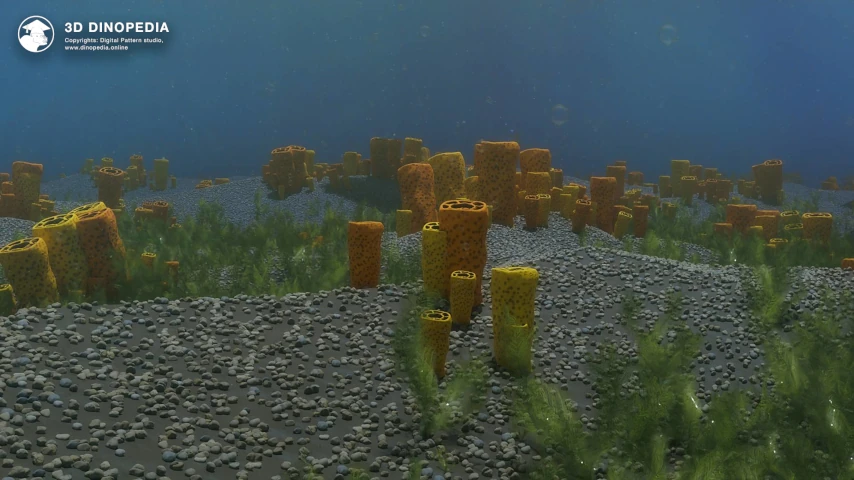
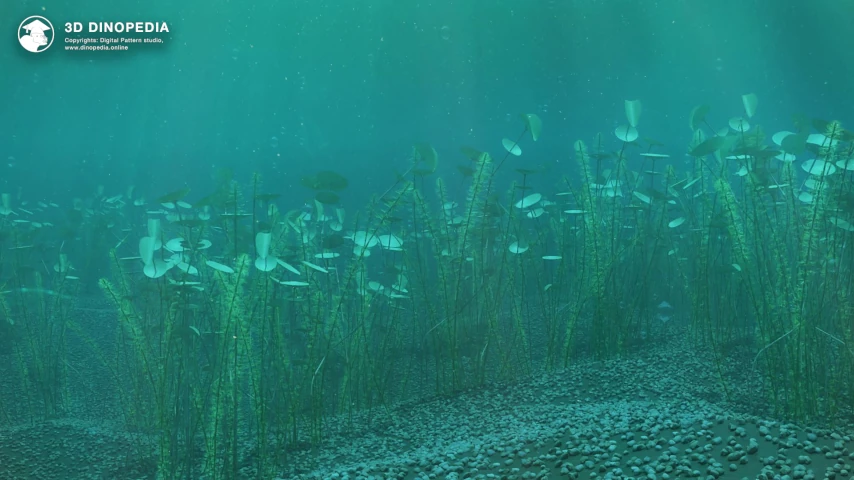
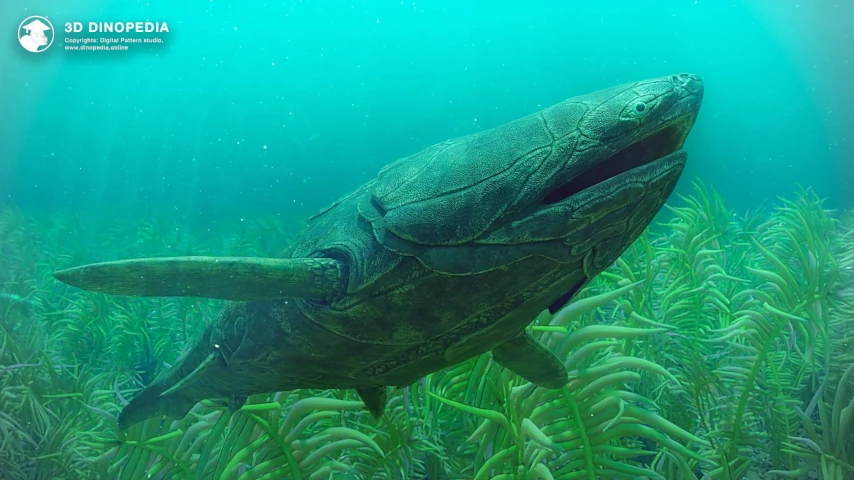
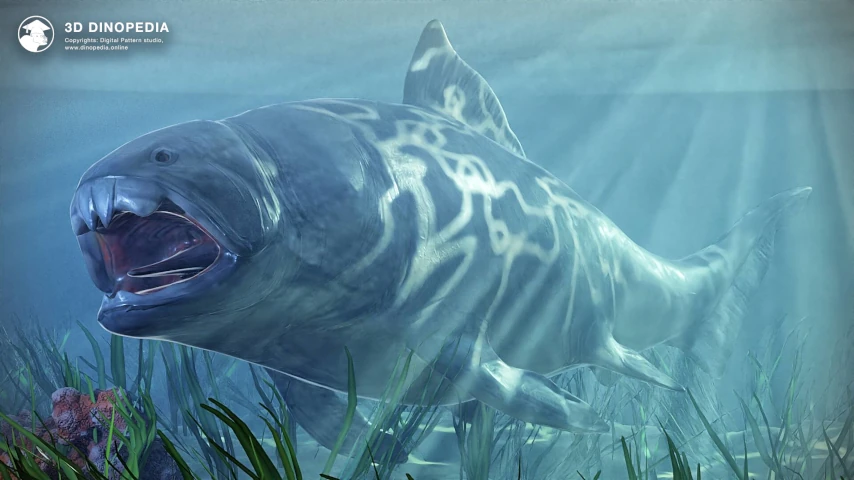
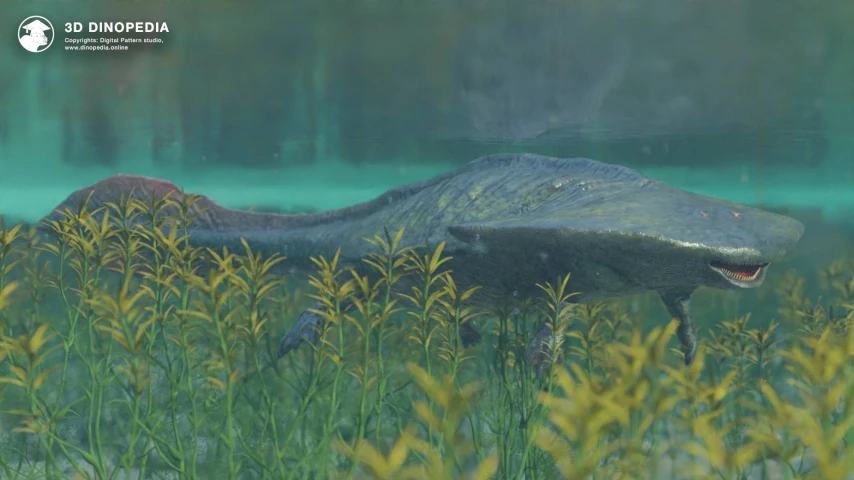
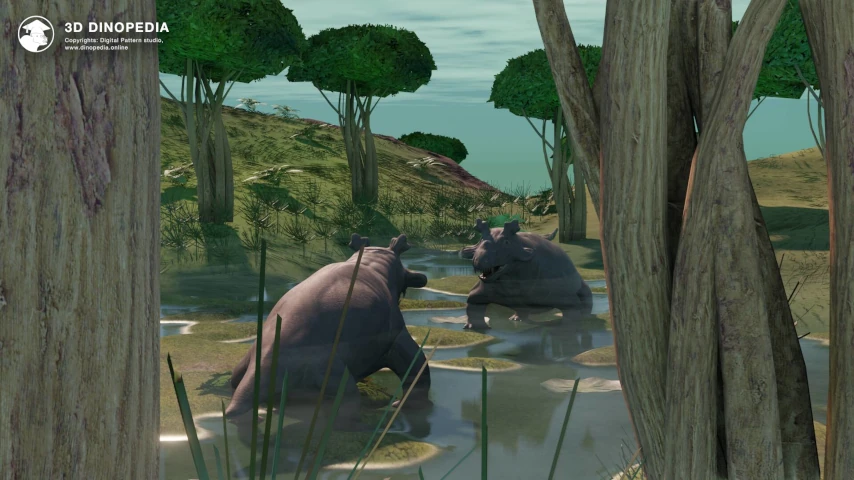

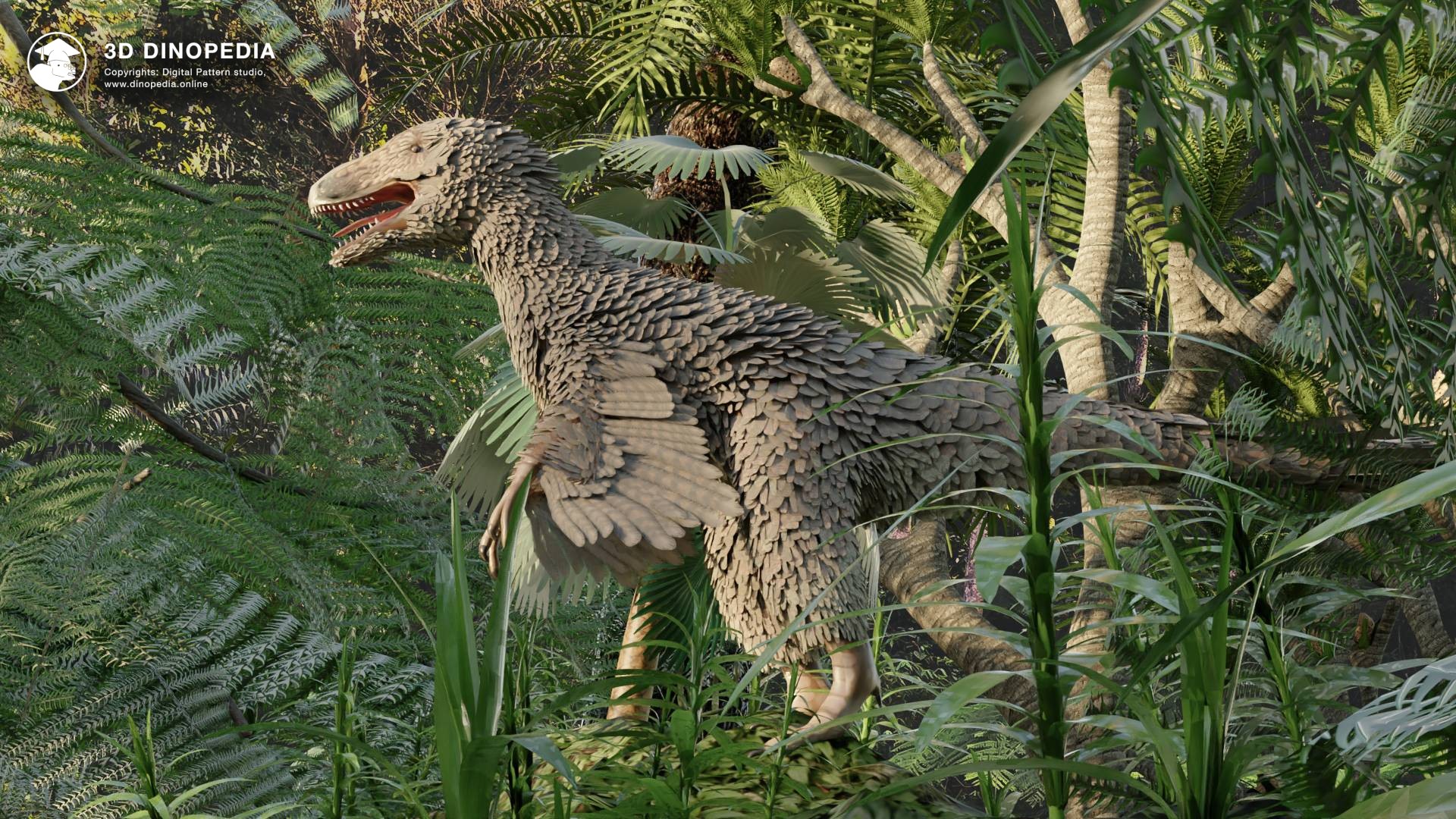
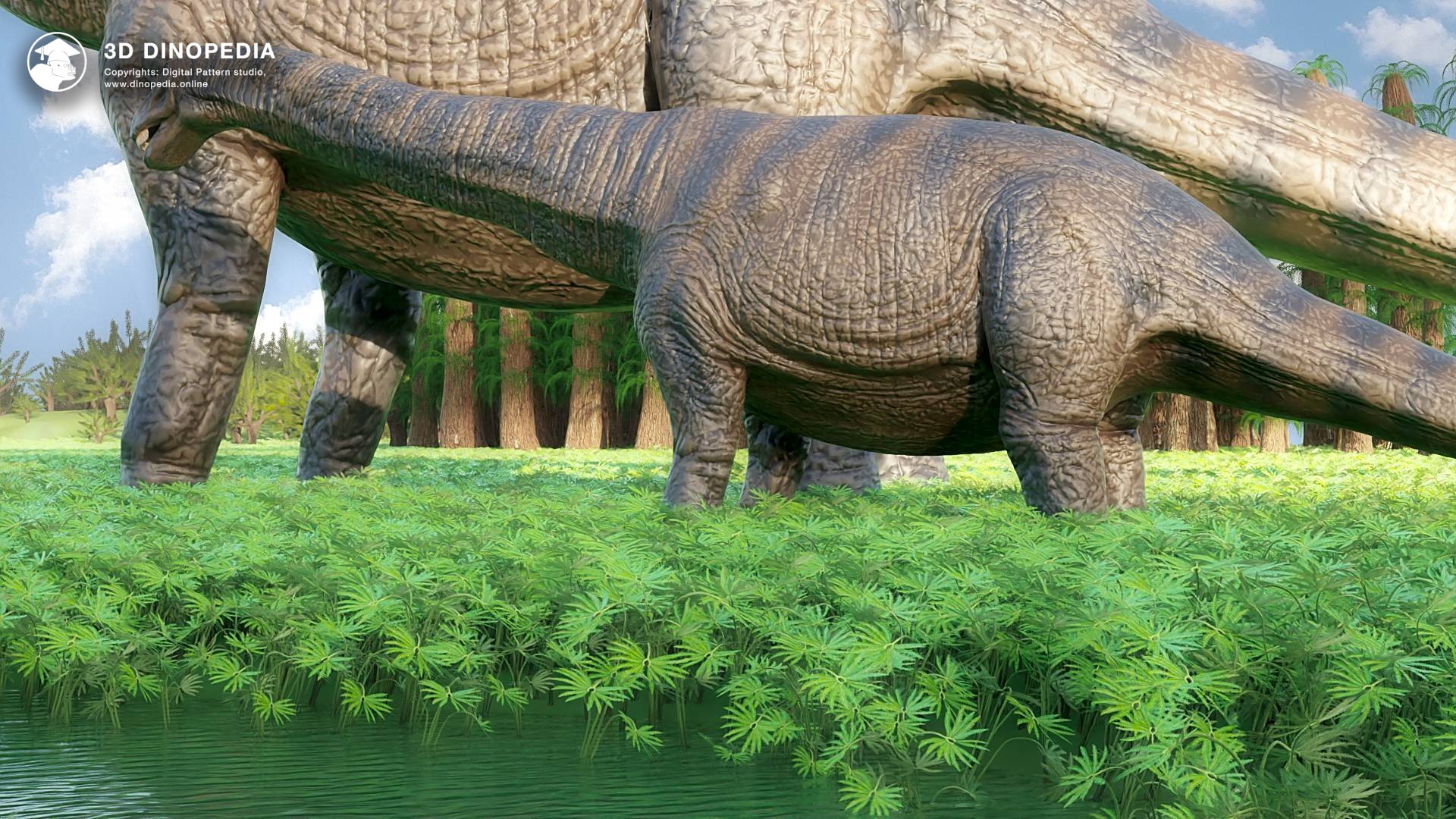

{{ count }} comments
You must login to write a comment